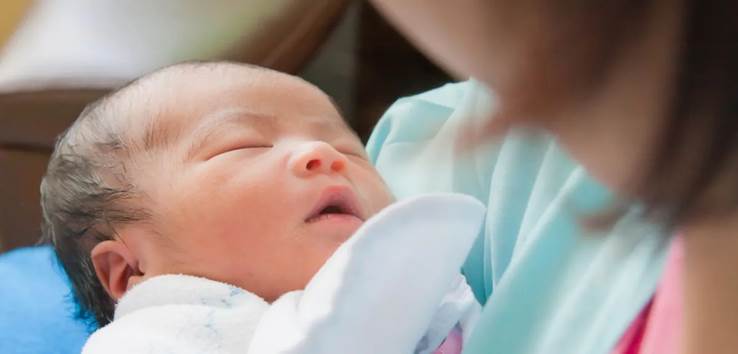Free Courses Sale ends Soon, Get It Now


Free Courses Sale ends Soon, Get It Now



Copyright infringement not intended
In News
Related News
Beti Bachao Beti Padhao (BBBP) programme
https://t.me/+hJqMV1O0se03Njk9
© 2024 iasgyan. All right reserved